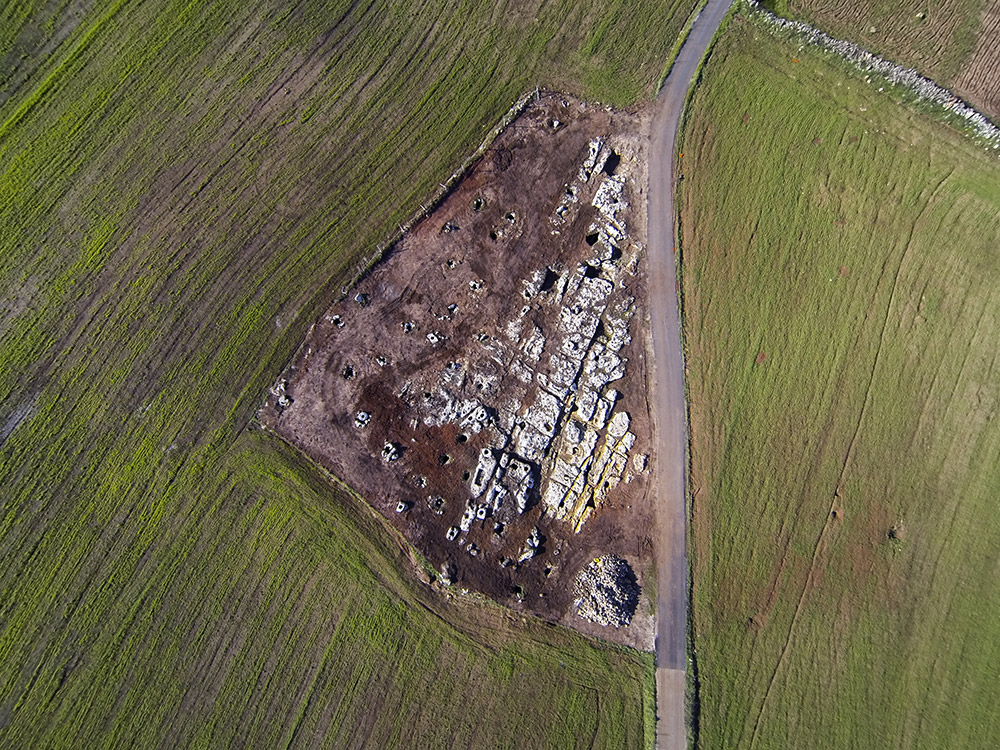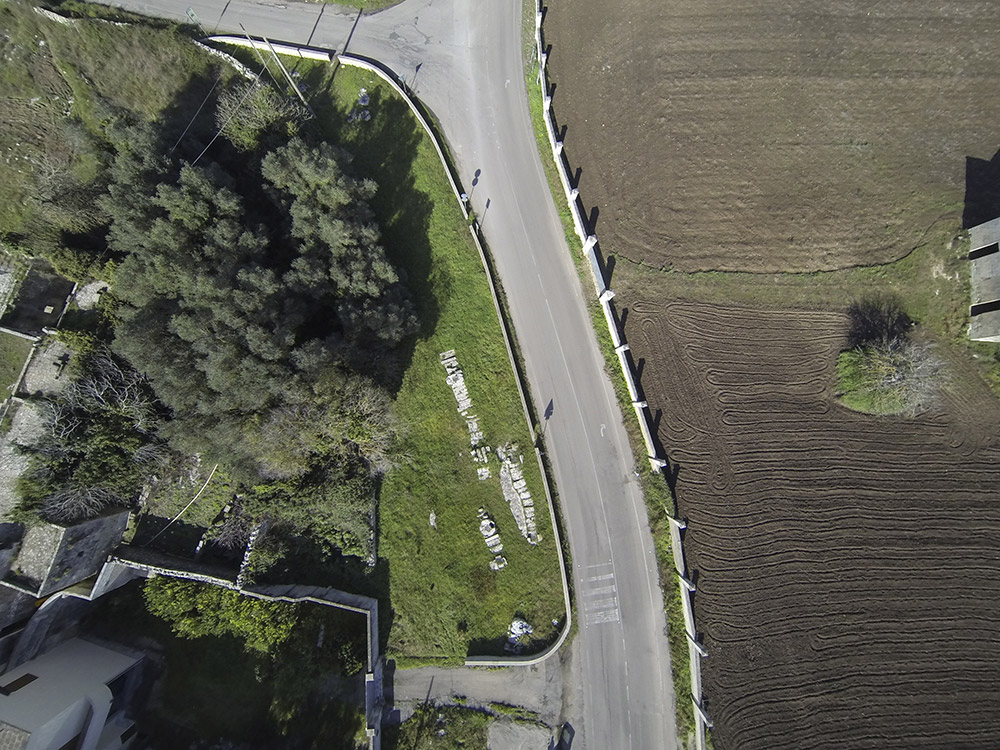Other water places
POZZELLE OF APIGLIANO ARCHEOLOGICAL SITE
In 2014, the area was the object of archeological research and works to ensure its use. Situated at 850 meters from the Pozzelle of Pyrrhus and 700 meters from the Byzantine and medieval Village of Apigliano, it was most probably the water supply site of the latter. Indeed, the chronological time span defined by the ceramic materials found on the site would connect it to the nearby residential area of Apigliano.
According to older people, the pozzelle of this area were mainly used for agricultural production and animal breeding, but also as drinking water in periods of more severe drought when the water from the pozzelle of Pyrrhus was not sufficient. 61 structures of different types, 41 of which were still full to the brim with water, were found.
The various wells were dug manually through the surface rocky formation, reaching the underlying sandy clay-like deposit of silt to a depth varying from place to place.
CISTERNS
OF MASSERIA GLORIA
The artifacts in the area in front of Masseria Gloria would appear to be, to all intents and purposes, cisterns, whose structure is, therefore, very different compared to the pozzelle of Pyrrhus and Apigliano.
Four structures with a rectangular plan are identifiable. The interior vertical section is trapezoidal, covered on the surface with square blocks made of pietra leccese (local stone) placed side by side.
Each cistern shows two or more water collecting points, indicated by irregular.boccapozzi.
Oral sources revealed that, although these structures were public too, it was the owners of the adjacent Masseria who most often used them.


